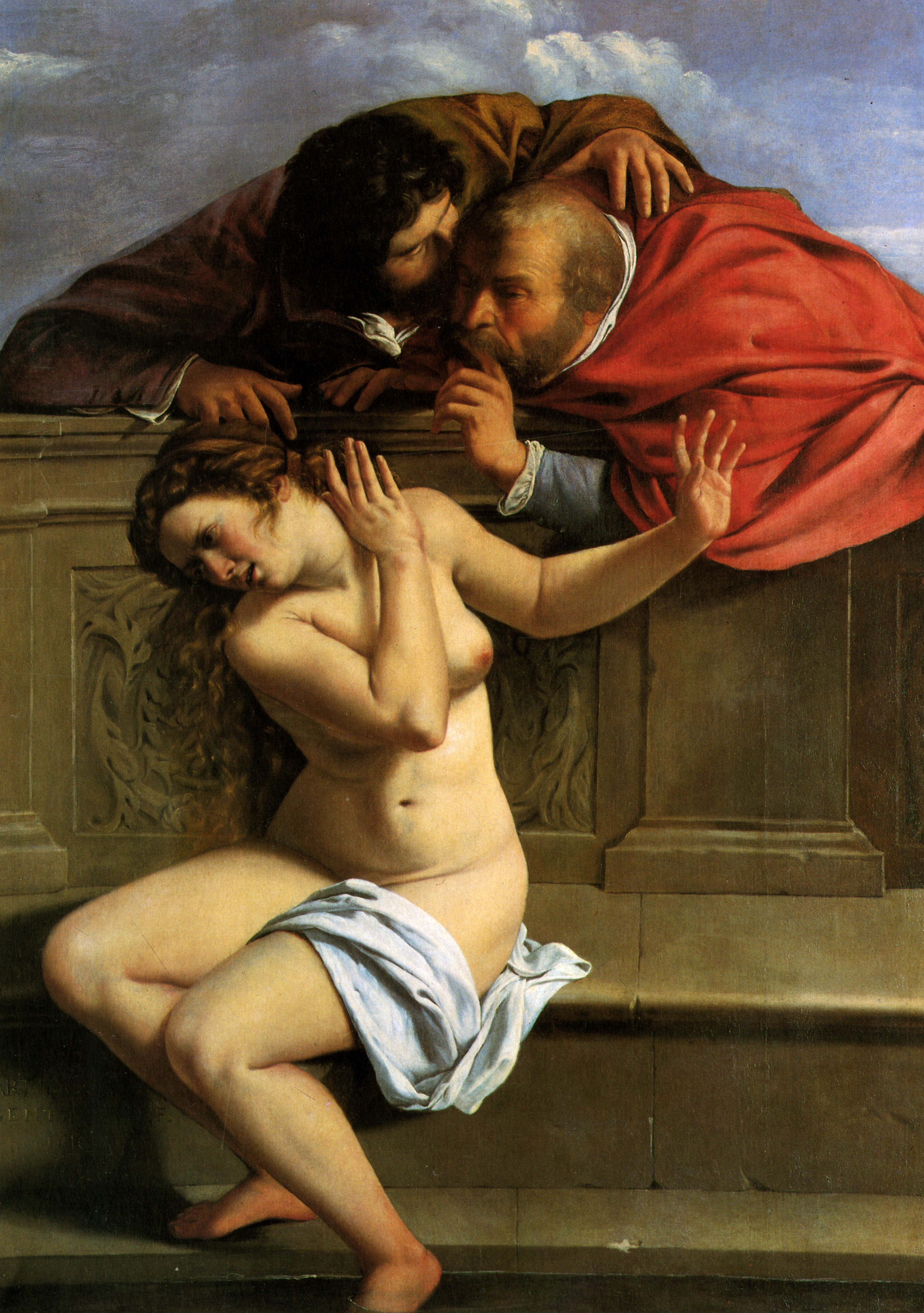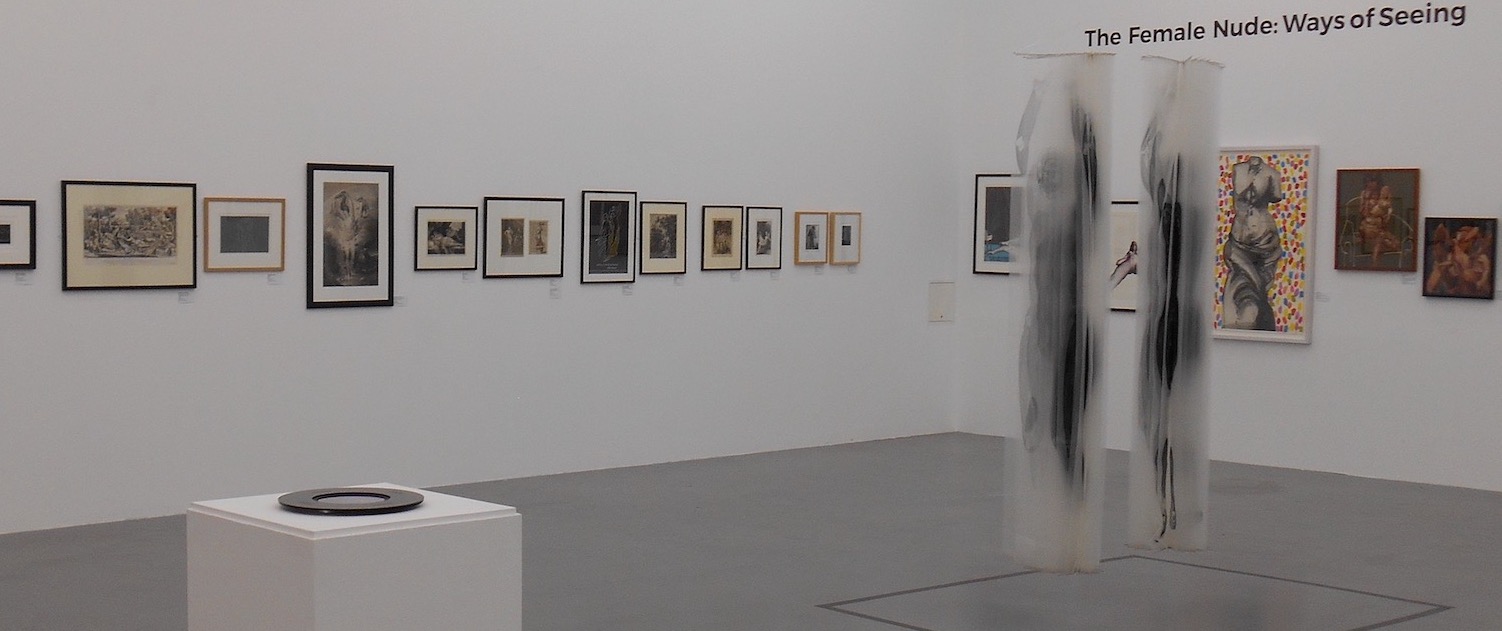In light of The National Gallery’s exhibition Artemisa (6 January – 24 January 2021), the work of Baroque painter Artemisia Gentileschi has become somewhat of a sensation. Her uphill battle to prove her worth as a female artist in an industry under a masculine monopoly has made her a sensation in the eyes of feminist art historians, but unfortunately it hasn’t always been fanfare and celebration for the legacy of Artemisia. During her lifetime, Artemisia found herself constantly having to prove her worth to sceptical patrons, famously writing to one such noble that she would “show his illustrious lordship what women can do”. Artemisia would do just that, creating a vibrant catalogue of paintings depicting tragic and heroic women, often re-framing their well-told stories from the novel perspective of a woman.
If we turn our attention to the typical syllabus of an artist’s apprentice in 17th century Rome, we can begin to see the extent to which Artemisia’s gender affected her career. Usually the apprentice would spend time learning to read and write before being taught to draw. At this stage he would be encouraged to travel the city to sketch famous sculptures or study nude male models in academies before eventually moving on to painting. Artemisia was not provided those opportunities whilst receiving her education from her father Orazio Gentileschi; instead, her training was adapted to suit the social expectations of her gender. Orazio restricted his daughter’s movements throughout the city and kept her away from many of his colleagues, resulting in Artemisia being unable to access much of Rome’s cultural heritage and cutting her off from the influence of contemporary artists in her formative years. Most of Artemisia’s training consisted of copying her father’s works, evident through her early paintings that bear striking stylistic and thematic resemblance to that of Orazio’s.
These similarities would plague Artemisia long after her death. Her earlier paintings have often found themselves at the centre of attribution debates, most famously her 1610 Susannah and the Elders. For context, this painting is the first on record for Artemisia, created when she was 17 years old and still learning in her father’s studio. The painting is signed ‘Artemisia Gentileschi’, but despite this there has been heavy debate as to just how involved Artemisia really was in the creation of this now iconic painting.

Artemisia Gentileschi, Susannah and the Elders (1610). Oil on canvas, 170 × 119 cm. Schloss Weißenstein, Pommersfelden
In 1943, art historian Roberto Longhi (2005) proposed one of the most extreme theories about the painting. He (like many other art historians of the time) believed that the painting was entirely the work of Orazio Gentileschi but was signed as Artemisia in order to oversell her skill and hopefully drum up business for the financially challenged family. Longhi believed there was no way Artemisia could have created such a work at her young age and used this as the primary reason behind his argument.
This theory has since been disputed but in Longhi’s defence, when he was writing this theory Artemisia’s year of birth was believed to be 1597, making her 13 when she created Susannah and the Elders and so it wasn’t quite as far fetched a theory as it seems in hindsight. In 1989, Mary Garrard (1989) proposed another polarised theory. She wrote that Artemisia was the sole creator of the painting, testifying that the emotional maturity (and terror) displayed in the piece could only be achieved by a vulnerable young woman, much like Artemisia would have been whilst in the midst of sexual harassment from her tutor Agostino Tassi.
Today, the most widely accepted idea is one that meets these two theories in the middle. Keith Christiansen (2004) analysed the technical aspects of the piece to form his conclusion that the painting was primarily the work of Artemisia but, seeing as she had not finished her training, Orazio stepped in to provide assistance in some places.
Christiansen finds Orazio’s influence in the technique used to create the pool of water at the bottom of the frame, and also the unique method of creating the plum colour of one of the elders’ robes. To prove Artemisia’s hand, Christiansen points to the handling of female anatomy t.Orazio’s previous treatment of the scene shows a difficulty in capturing the natural female form, yet this is not an issue in the 1610 Susannah and the Elders.
Artemisia Gentileshi’s legacy is a tumultuous one. The social imbalances that her gender provided during her lifetime continue to have an impact on her reception today, and the conversations that surround her work are central to the discussion of female artists in history. Today, at the National Gallery, Artemisia is celebrated for her talent and perseverance in the face of sexism in society. With Susannah and the Elders now rightfully attributed to her, it stands as a physical reminder of the challenges female artists faced to prove themselves not only in their own time, but in the study of art history as a whole. It stands as proof of “what women can do”.
Rosie Harte (BA Art History, 1st Year)
Referenced Texts:
Longhi, R., (2005) Il Caravaggio ei caravaggeschi di Roberto Longhi, 1943. Fondazione di studi di storia dell’arte Roberto Longhi.
Garrard, M., (1989) Artemisia Gentileschi: The Image of a Female Hero in Italian Baroque Art. Princeton University Press: New Jersey.
Christiansen, K., (2004) Becoming Artemisia: Afterthoughts on the Gentileschi Exhibition. Metropolitan Museum Journal, 39, p. 101-126.
